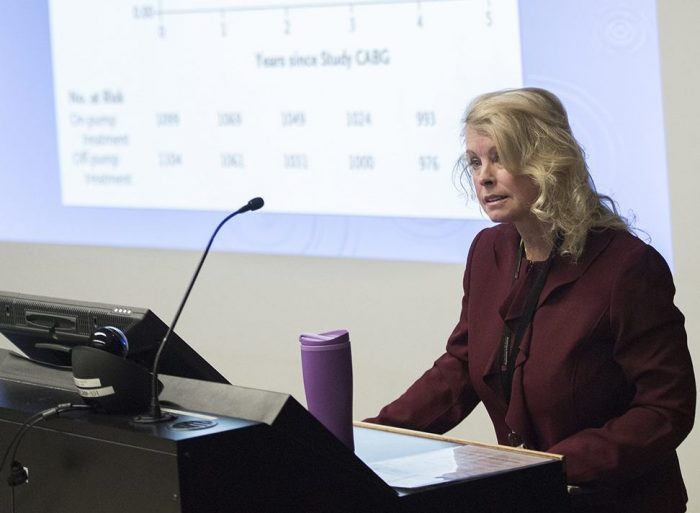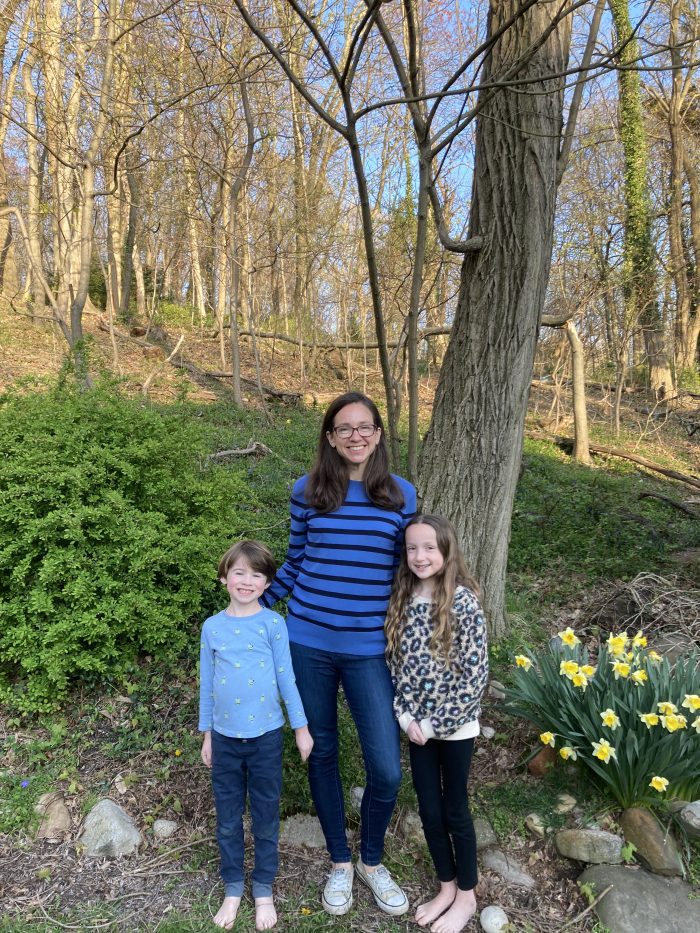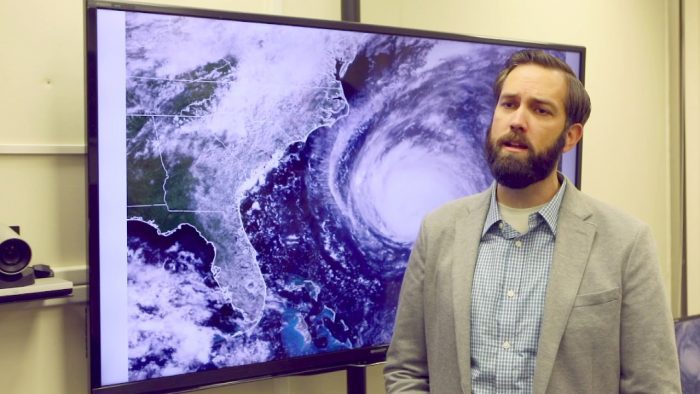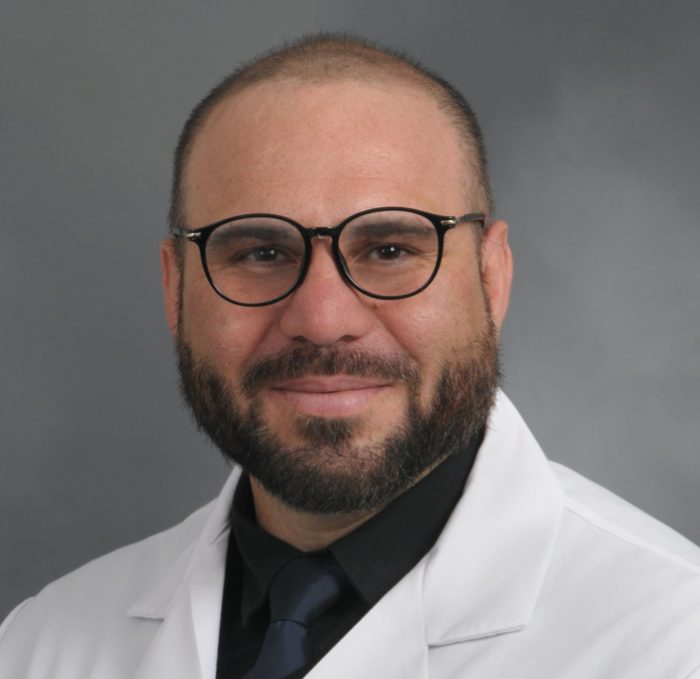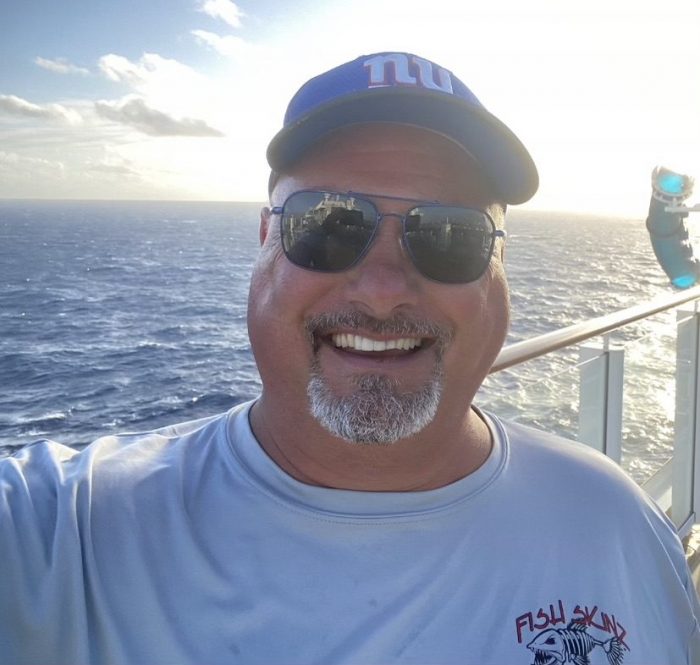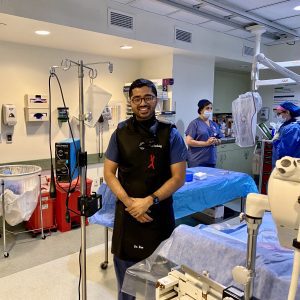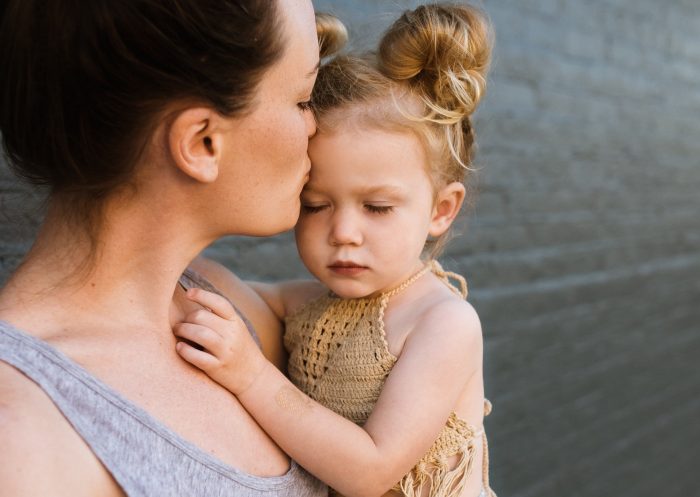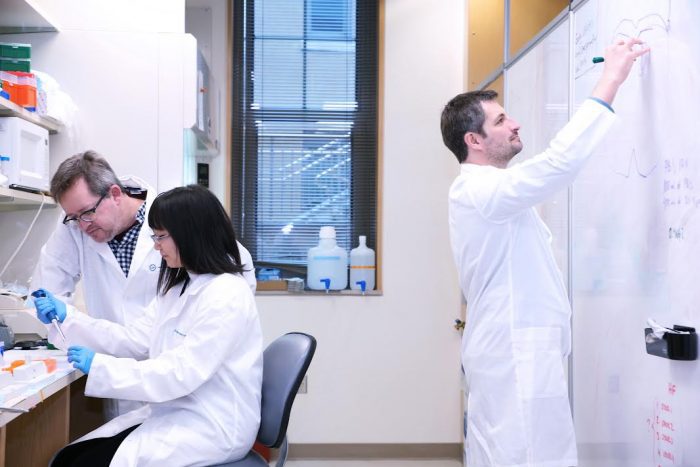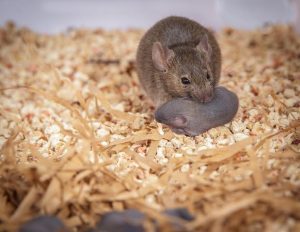By Daniel Dunaief

Sure, the book “What to Expect When You’re Expecting” could be helpful.
Until you’ve gone through pregnancy and had a child, you don’t really know what’s around the corner. Other parents sometimes expect you to follow their footprints to the promised land, which somehow didn’t always seem like the happiest place on Earth for them or their screaming kids.
You hear about terms like first, second and third trimester, which sound like safe little building blocks you might want to play with on the floor, stacking one on top of another while Mozart plays blissfully in the background.
But, really, so much of life, even during those days before childbirth, when moms are expecting, doesn’t follow a script or textbook cue cards.
My wife and I tried to keep at least a month ahead of the “nesting phase” and the “tired phase” among so many others in the books.
We went to Lamaze classes where, despite being in our mid 30s, we felt remarkably young in New York City compared to so many other first-time parents in their late 30s and early 40s who were sharing pregnancy stories and preparing to “breathe, honey,” and to count the time in between contractions.
Our birth plan went out the window when, after my wife’s three valiant days of pushing, our doctor decided to do a C section. How do you make important decisions when you’re beyond exhausted and when your excitement and anxiety seem to be in an extended foot race for your attention?
Just before the doctor started the procedure, she told me that if I passed out at any time, they were going to leave me on the cold, concrete floor, stepping over me to tend to my wife and daughter.
Fortunately, everything worked out, despite the challenges for my wife of recovering from abdominal surgery that made even the simplest of motions, like rising out of a chair, difficult and painful.
So, here we are, over two decades later, and we and others are still maneuvering around playbooks we’ve had to rewrite. It seemed fitting, given that it’s Mother’s Day this Sunday, to reach out to a few successful scientists — I cover science, so these are my peeps — to ask them a few questions.
IACS Endowed Chair of Ecology & Evolution at Stony Brook University Heather Lynch explained some of the best parenting advice she got was to think of “running the household like running a business, and outsource what can be outsourced with zero guilt.”
Cold Spring Harbor Laboratory Professor and HHMI Investigator Leemor Joshua-Tor, meanwhile, said she learned to trust her gut, especially for the timing of discussions with her daughter. As her daughter enters her teenage years, Joshua-Tor has taken more of an advisory role, letting her have more control over her life while offering a calming presence.
Joshua-Tor wrote in an email that she thought “my daughter would have a good role model with a mom that had a fulfilling career and work life.”
Joshua-Tor was pleased to hear her daughter bragging about her mom’s career.
Lynch, who studies penguins that share parenting duties, credits marrying well for her parental success.
She and husband, Matthew Eisaman, who has a joint appointment at Stony Brook and Brookhaven National Laboratory, “split things 50-50 and if I had to do even 51% of everything, I think this whole house of cards would collapse,” she explained in an email.
Amid the pandemic, which wasn’t in any parenting textbooks (but probably will be in the future), Joshua-Tor said she tried to keep her daughter positive while ensuring her safety.
As a parent, Joshua-Tor added, “nothing was as I expected, but how deep things hit you is a biggy.”


